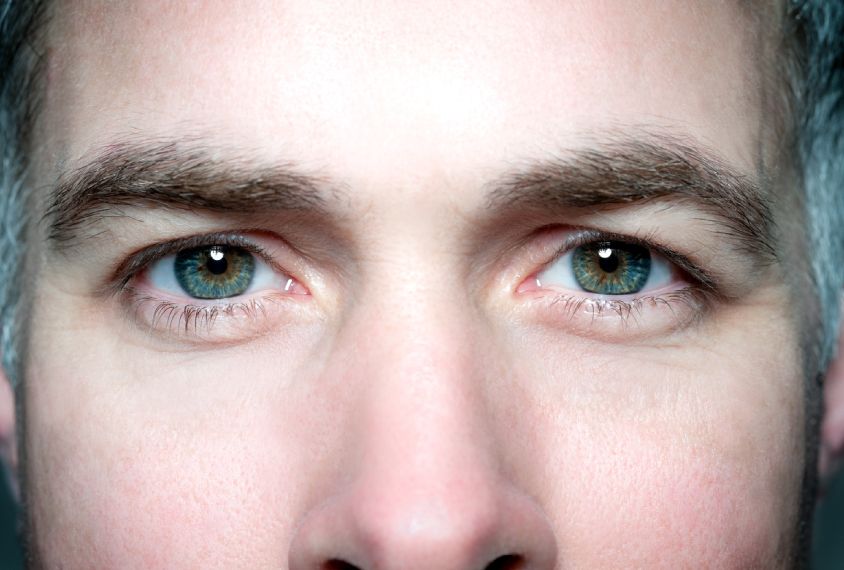Autistic people tend to switch between images more slowly than non-autistic people do, a previous study shows. And they spend more time seeing a combination of the two images.
Children with genetic conditions linked to autism perform atypically on a test of binocular rivalry, according to a new unpublished study.
Researchers presented the work virtually today at the 2021 International Society for Autism Research annual meetin g. (Links to abstracts may work only for registered conference attendees.)
Binocular rivalry is what happens when a person’s eyes each receive a different input. Most people gradually shift between perceiving one image and then the other as their eyes compete for dominance over the neural circuits involved.
